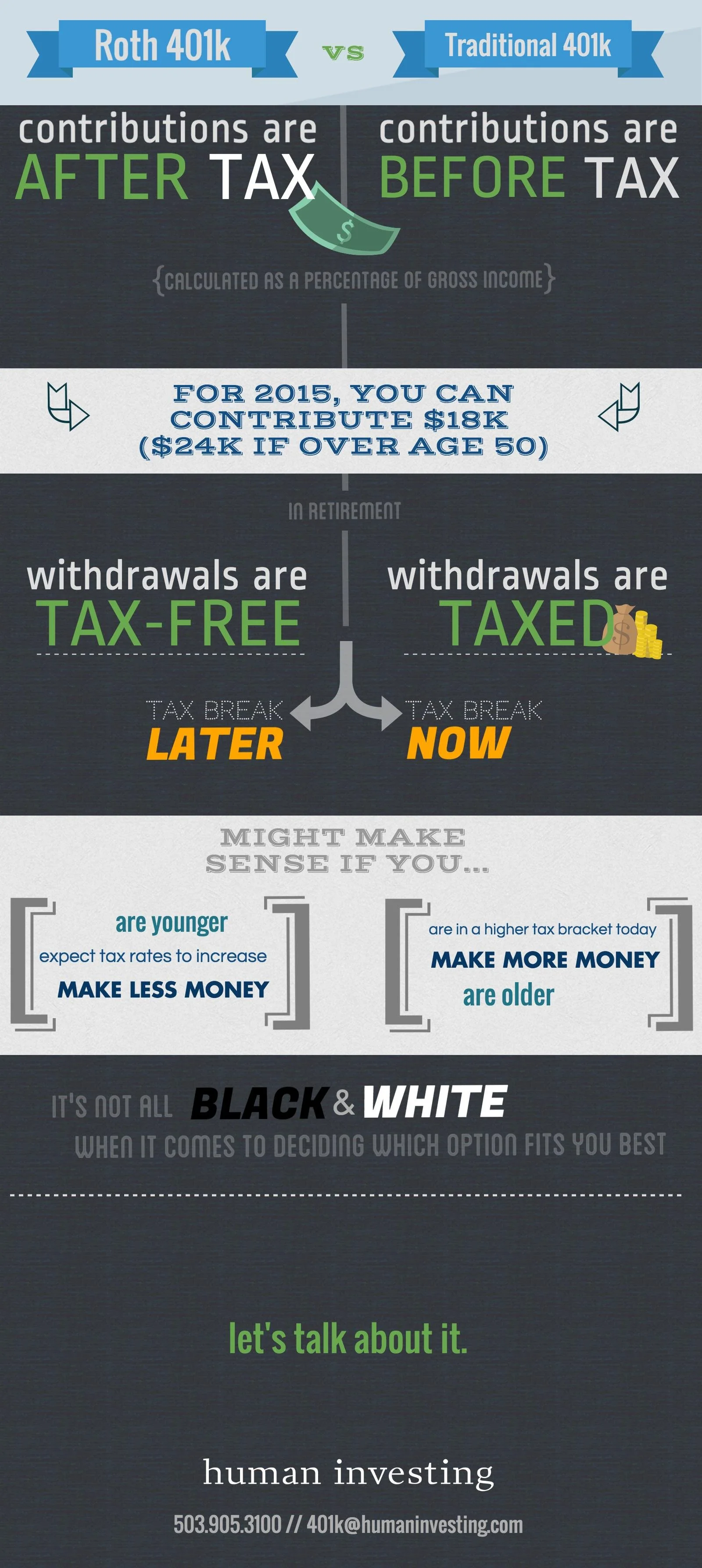During my time leading our participant education efforts for the retirement plans we manage, I’ve received all kinds of questions. Questions ranging from, “How do I start a 401k?” to “What’s the best way to consolidate my student loans?” However, a question I’ve gotten more frequently is:
“If I have the ability to save more, should I pay off my mortgage or should I put more towards retirement saving?”
I feel like this question has been on people’s minds as our economy has made a nice recovery since 2008. For people I’ve talked with, the question has come up due to a change in financial circumstances such as; an inheritance or some form of windfall, the sale of a home, or a recent bonus. Regardless of the circumstances, these individuals have been sitting on this money in low interest rate saving accounts and are looking for ways to have their money work harder for them. While there is no all-inclusive answer, I’ll do my best to outline some of the pros and cons of paying off your mortgage/making additional payments or saving more toward your retirement account.
Your home.
You will not change the value of your home by contributing more to the mortgage, or even paying it off. If your house is worth $350k, it’s always going to be worth $350k until the market determines otherwise. When you put more money into paying off your house, it’s not doing anything to change the value of the house…you’re basically putting money into an illiquid asset that you can only access when you sell the home or take a HELOC.
Additionally, your house is most likely financed at a low/tax-deductible interest rate. Your interest rate might be in the 4.5% ballpark. With your tax deduction, you’re most likely paying a real interest rate of 3% to 3.5%. That’s pretty cheap money. If interest rates were much higher (like in the 8% to 9% range), then it would be a different story and paying off your mortgage might make more sense.
Investing.
When putting money into a long-term retirement account and investing appropriately, you’re building an asset that can grow at 9% per year, using the S&P 500 as a benchmark, over a long period of time. By putting money in, you’re actually giving those dollars the ability to grow over the years. Unlike putting money into your mortgage, your deferrals will directly affect the type of return and the growth of that account over time. So, the more you put in, the more you will get out in the end.
Example: Keep in mind that nothing you do, except making updates to your home, will increase the value of it. Compare that with an investment/retirement account. Let’s assume there are two different people…one has been putting a fair amount of savings in their retirement account, the other has contributed a much smaller amount. For the sake of the example, let’s call them Kelly and Chip.
Kelly has a $110k account. Chip has a $10k account. It’s 2014 and they are both invested in the Vanguard Target Retirement 2040 fund. The return on that fund in 2014 was 7.15%.
So, to start 2015 and without additional savings, Kelly now has an account worth $117,865 and has gained $7,865 just on return alone. Chip now has an account worth $10,715 and has gained $715 on return alone. Both are good, but Kelly is setting herself up to have a suitable retirement account. By the way, if we assume that neither Kelly or Chip contribute another dollar to this account forever, in the year 2040 (assuming an average 7% rate of return per year) Kelly will have an account value of about $640k, while Chip will have an account worth about $58k. That’s a huge difference! Personally, I’ll take the investment accounts over paying off my mortgage a few years earlier.
Regardless of your views on this specific question, know that if you’re wrestling with anything retirement account related feel free to reach out by phone at 503.905.3100 or email 401k@humaninvesting.com anytime. We would love to connect with you!












































